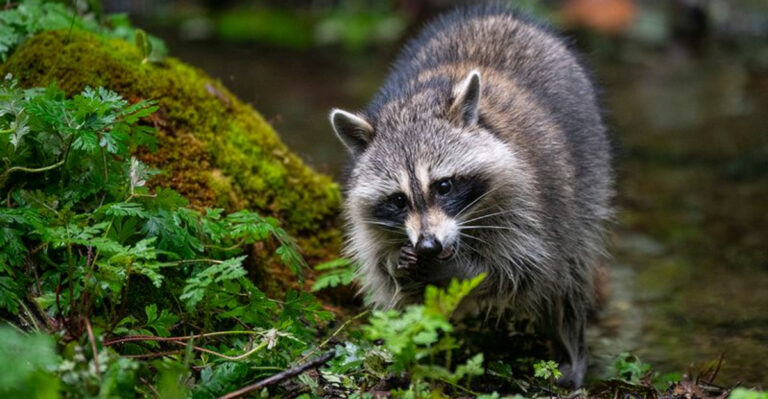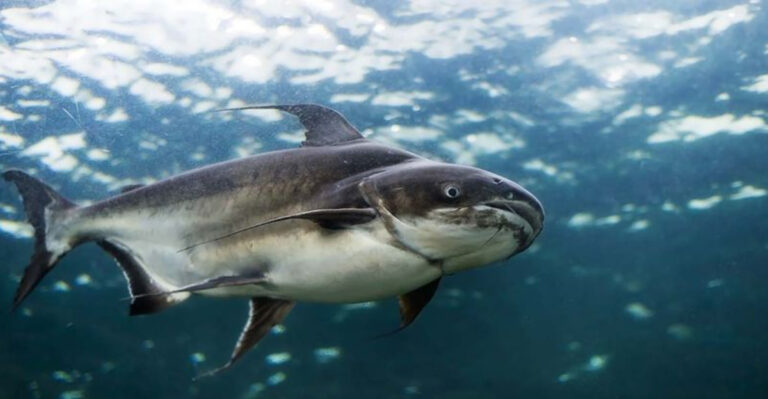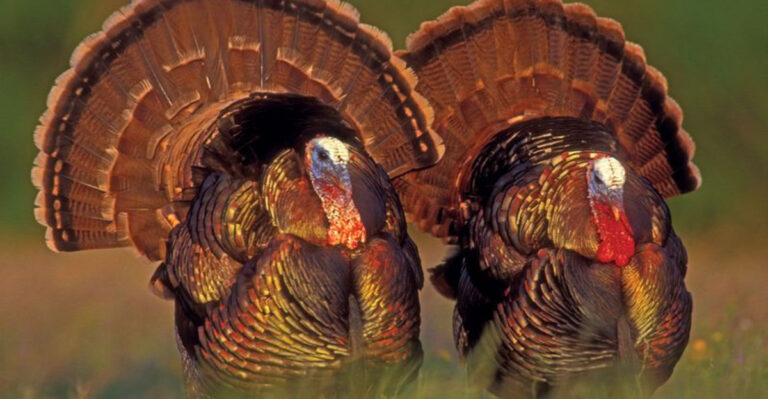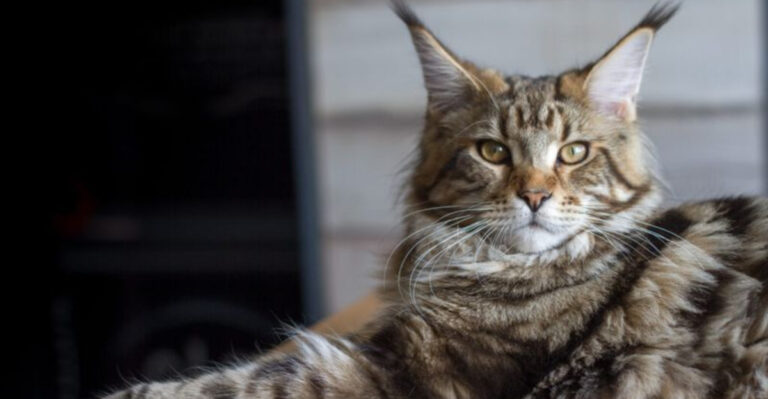20 Incredible Animals That Have Color-Changing Superpowers
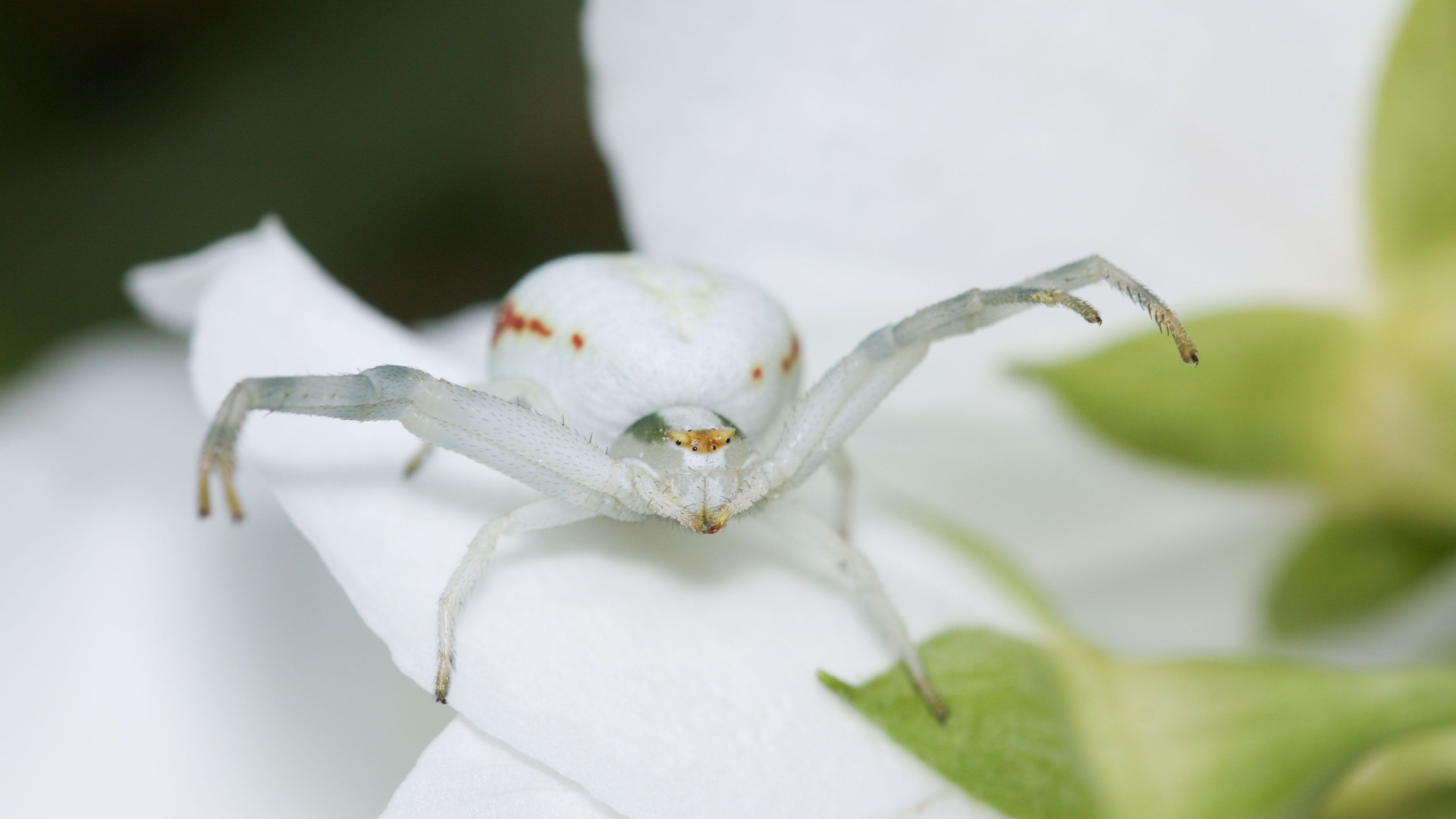
Imagine being able to switch colors like flipping a light switch – some animals actually can! From blending into their surroundings to dazzling predators or attracting mates, these creatures use color like a built-in superpower.
It’s not just cool to watch; it’s pure survival genius. Get ready to meet the incredible animals that treat color-changing like their own natural magic trick.
1. Chameleon
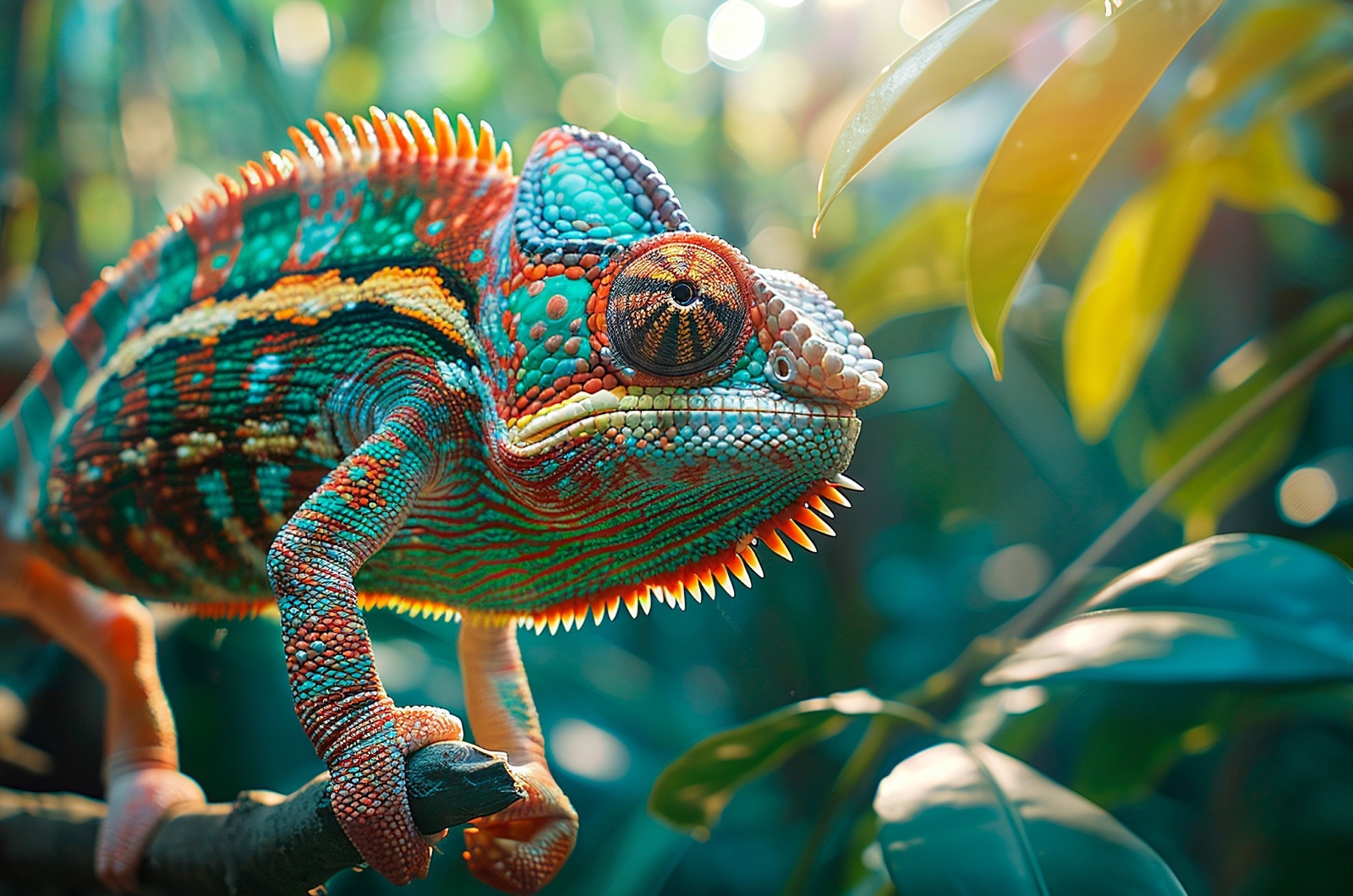
Let’s start with the animal all of you probably already know is capable of changing its color. Chameleons are a classic when it comes to color changing, but many believe that they do it to blend in with their surroundings.
However, that’s rarely the case. Chameleons changes their color for various other reasons. Sometimes they change their appearance to express a certain mood, to regulate their body temperature, and even to attract a mate!
2. Flounder
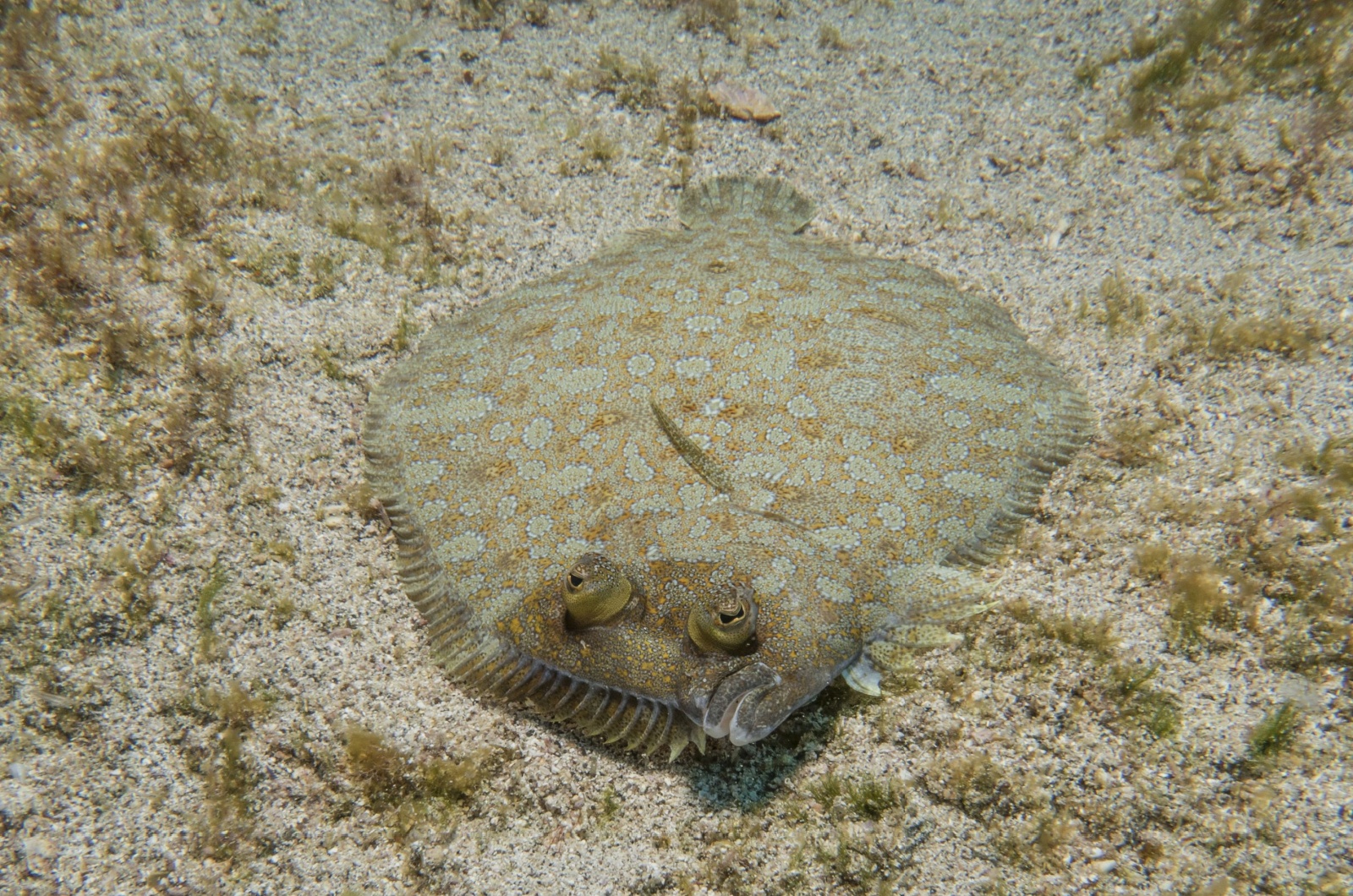
The Flounder fish is a master when it comes to hiding. In addition to having flat bodies which helps them hide from ocean predators, these fish can also change their color.
They can change their color to the sandy ocean floor or rocky terrain in seconds, depending on their hiding spot.
3. Seahorse

These adorable creatures can change their color in a matter of seconds to help them hide from lurking predators. Seahorses have tiny organs that contain pigments, helping them in this incredible act of defense.
Interestingly, Seahorse’s nervous system is also capable of growing out new skin filaments in order to better blend in with their surroundings. Is it a coral or a seahorse, we’ll never know!
4. Crab Spider
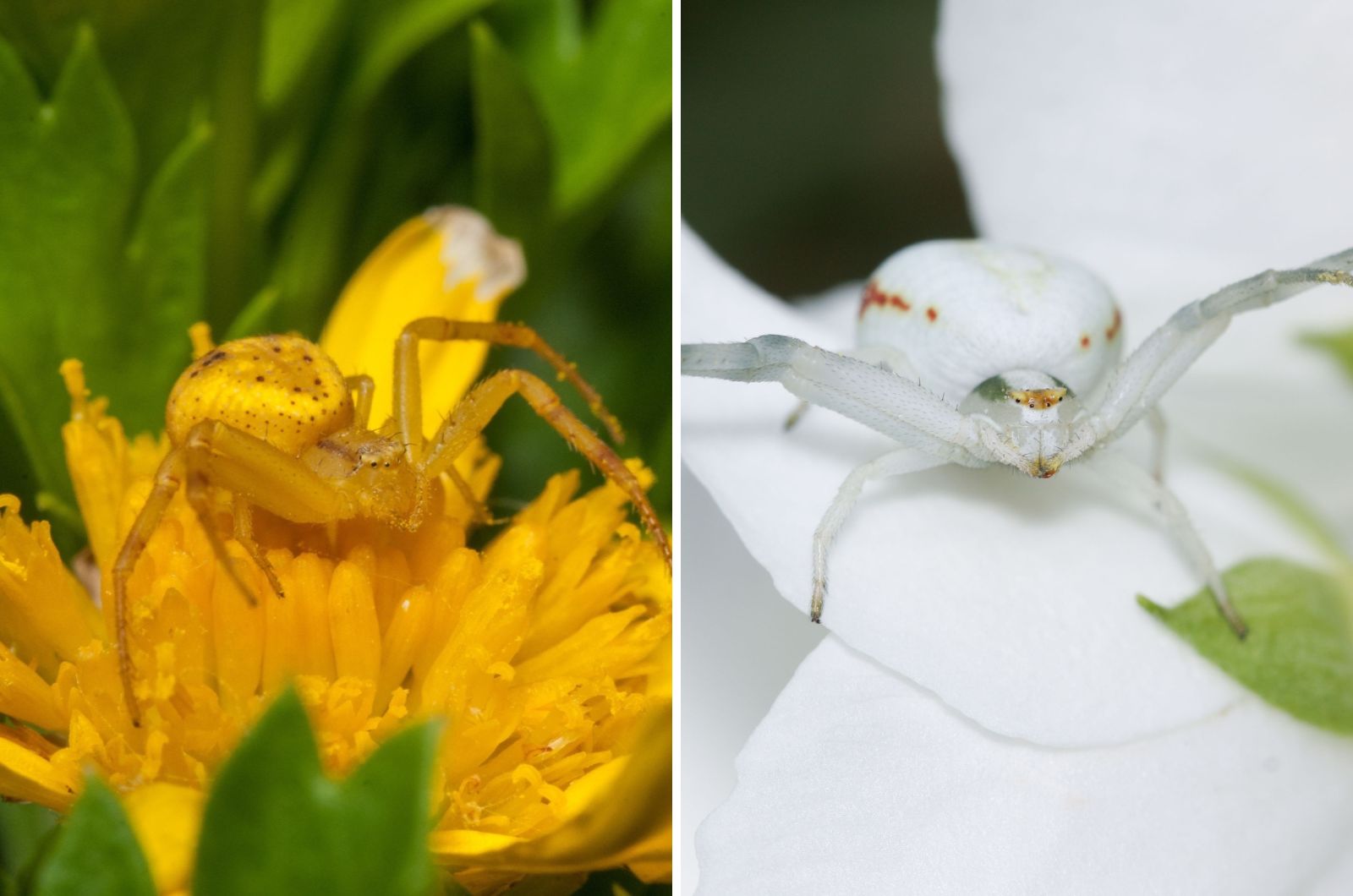
Unlike Seahorses and Chameleons who can change their color in seconds, for Crab Spiders it’s a long and exhausting process.
But why do crab spiders even have to change their color? So they can catch their prey more easily! Crab spiders usually hide inside flowers and depending on the color of the flower, they change their appearance.
However, as I already mentioned this process lasts a bit longer for Crab Spiders. If they find themselves on a yellow flower it can take them from 5 to 25 days to turn yellow!
5. Octopus
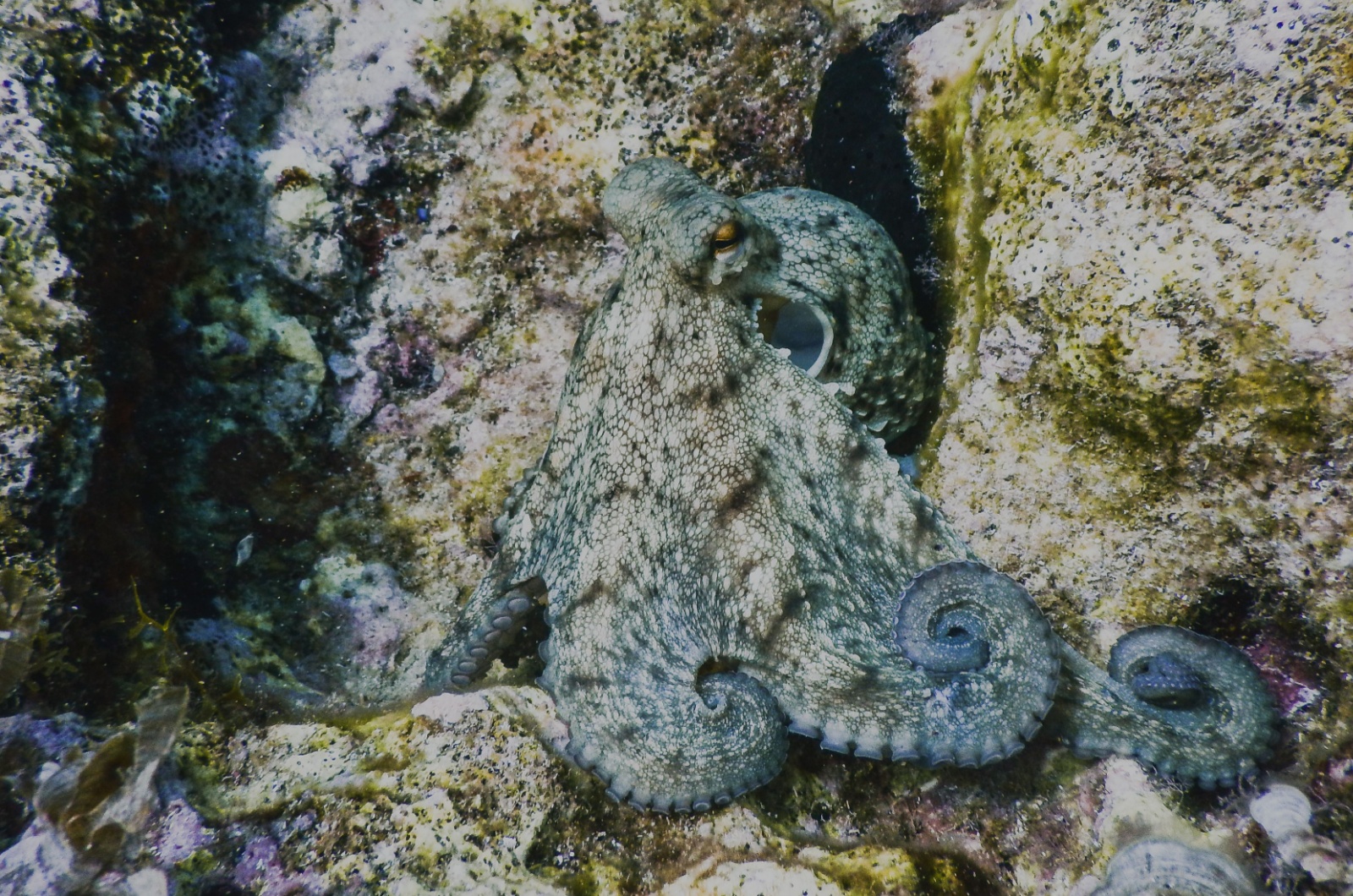
Were you able to find the Octopus in the picture? It’s quite a tricky task, I admit! Just like Seahorses, Octopuses have tiny organs filled with pigments which help them change their color in a matter of seconds.
This helps them mimic the ocean floor and coral reefs, all in the hope the predators don’t find them!
6. Pacific Tree Frog
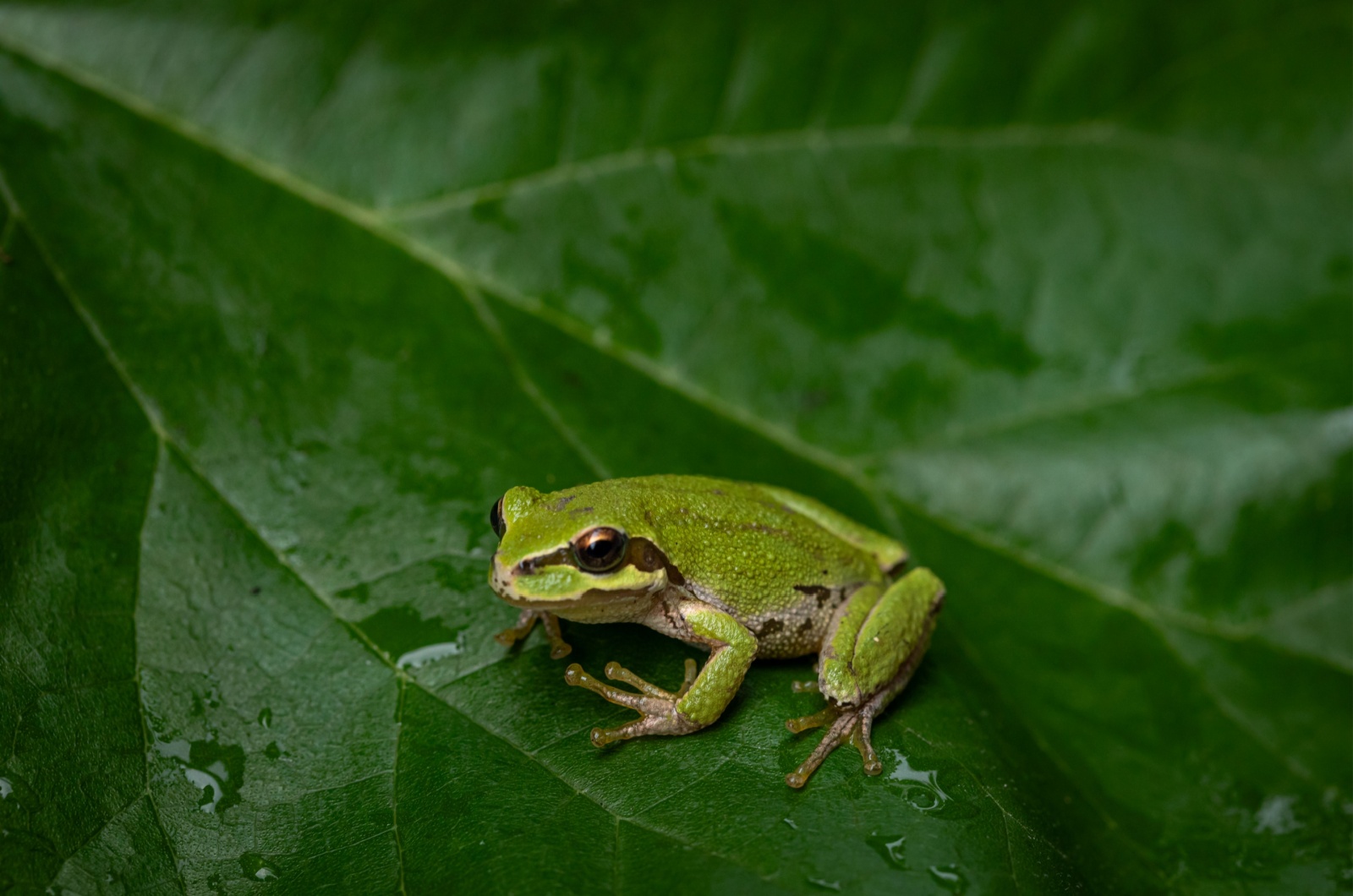
This little amphibian mostly changes its body color to help it stay safe and avoid predators like snakes and birds.
However, they also change their color depending on the season. In the summer the Pacific Tree Frog will be bright green, but once the plants perish away this bright color will turn into a dull brown.
7. Anole
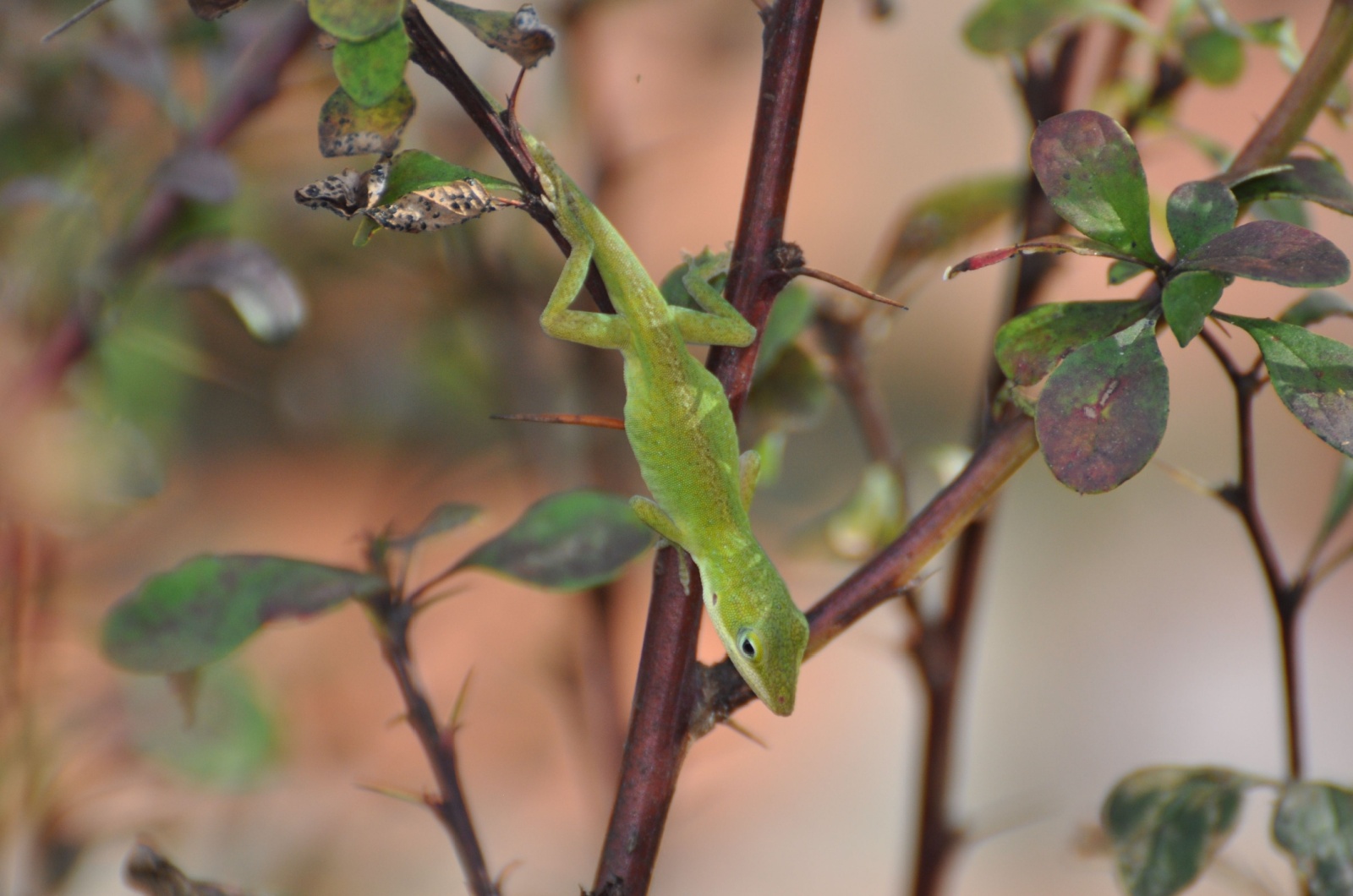
If you live in the southeastern part of the United States, the Anole lizard crossed your path at one point.
Usually bright green in color, this little lizard can quickly change its color to brown once they feel cold or even stressed.
8. Ptarmigan
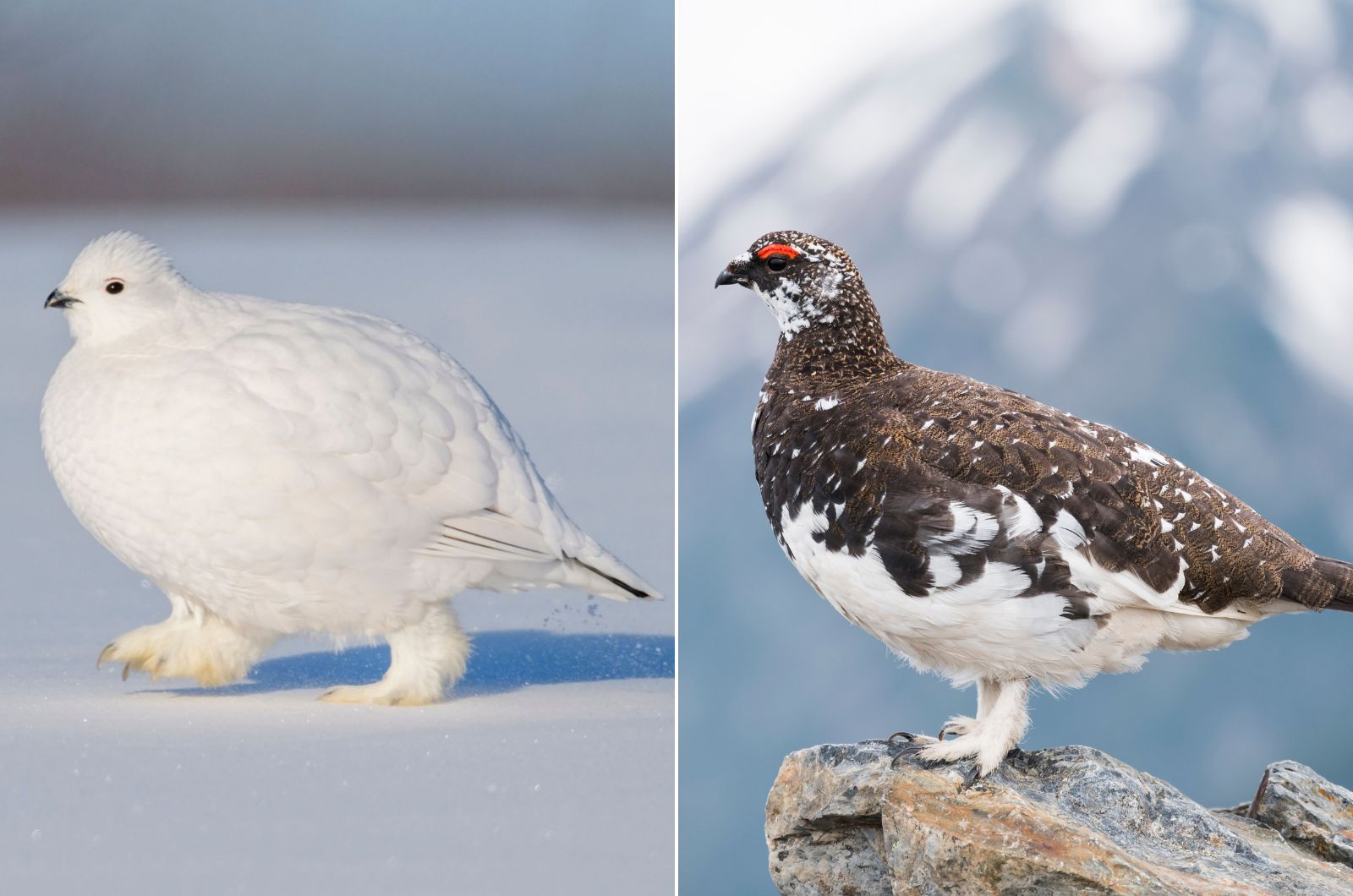
The Ptarmigan is a bird found in the Arctic and subarctic regions. During winter they’re covered in gorgeous white feathers, but once the snow melts, the Ptarmigan bird molts.
They grow brown feathers to better match the rocky surroundings so they don’t stand out with their white plumage.
9. Ribbon Eel
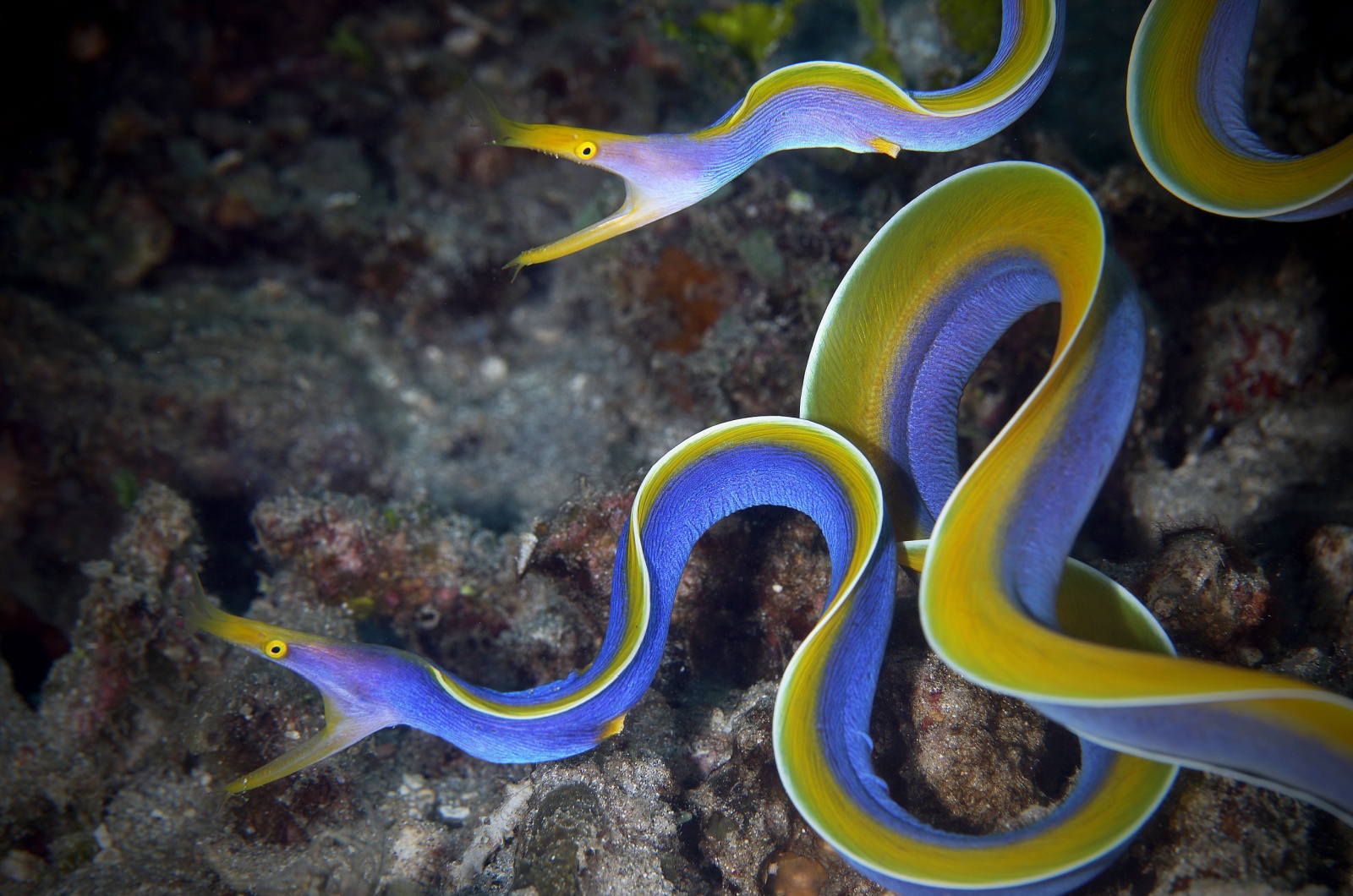
This stunning Eel changes its color for a completely different reason than we covered so far. Juvenile Ribbon Eels are usually dark in color with a single bright yellow stripe that goes down their back.
As they grow, male Ribbon Eels become blue with a yellow stripe, while females turn completely yellow.
10. Mantis Shrimp
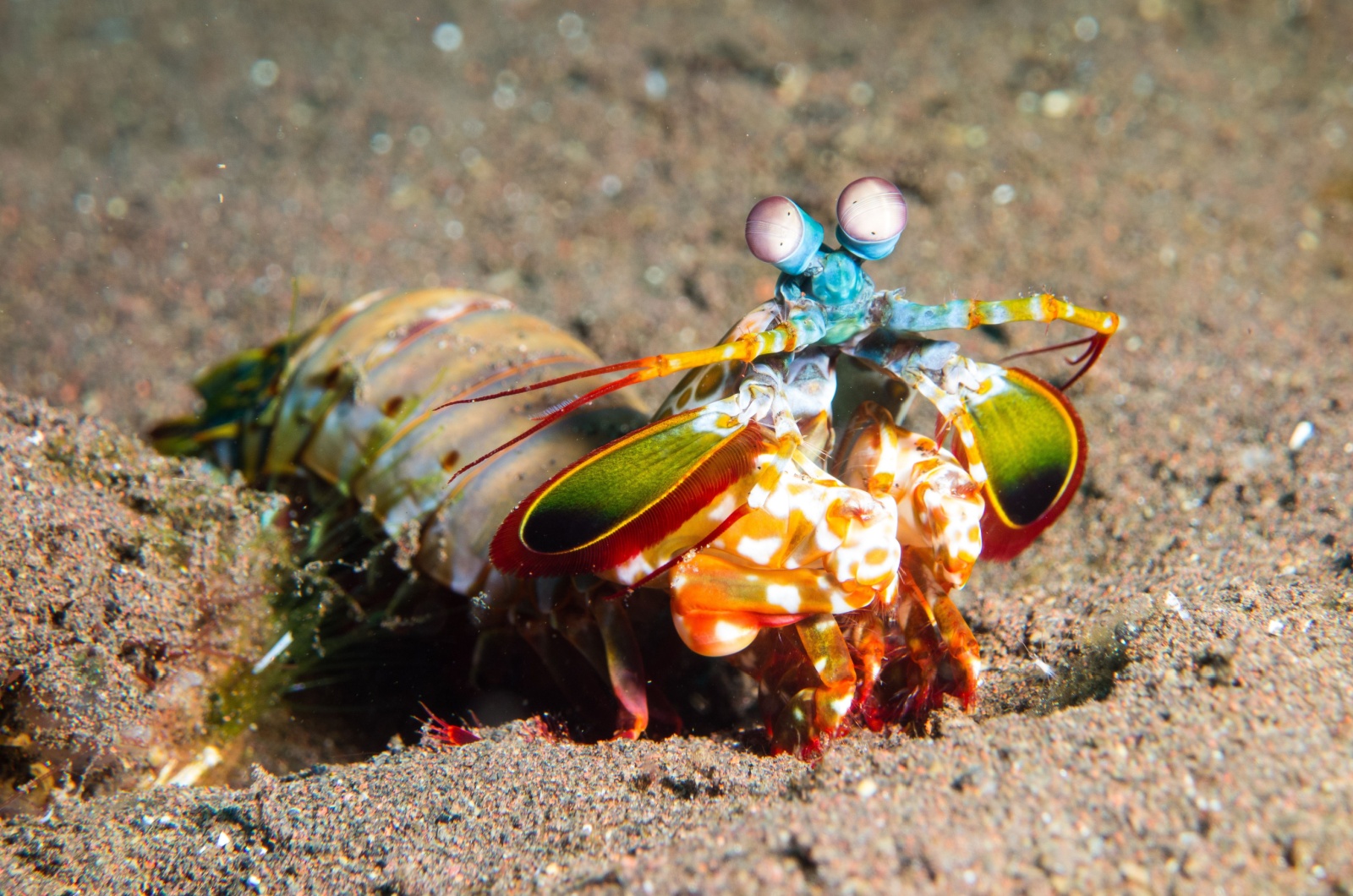
This colorful little shrimp is one of the most impressive ocean creatures ever. They change color for two reasons. The first reason is to hide from predators and the second one is to hunt down prey.
Depending if they live all the way down in the deep sea or maybe in depths where the sun can still reach, they can be darker or lighter in color.
11. Golden Tortoise Beetle
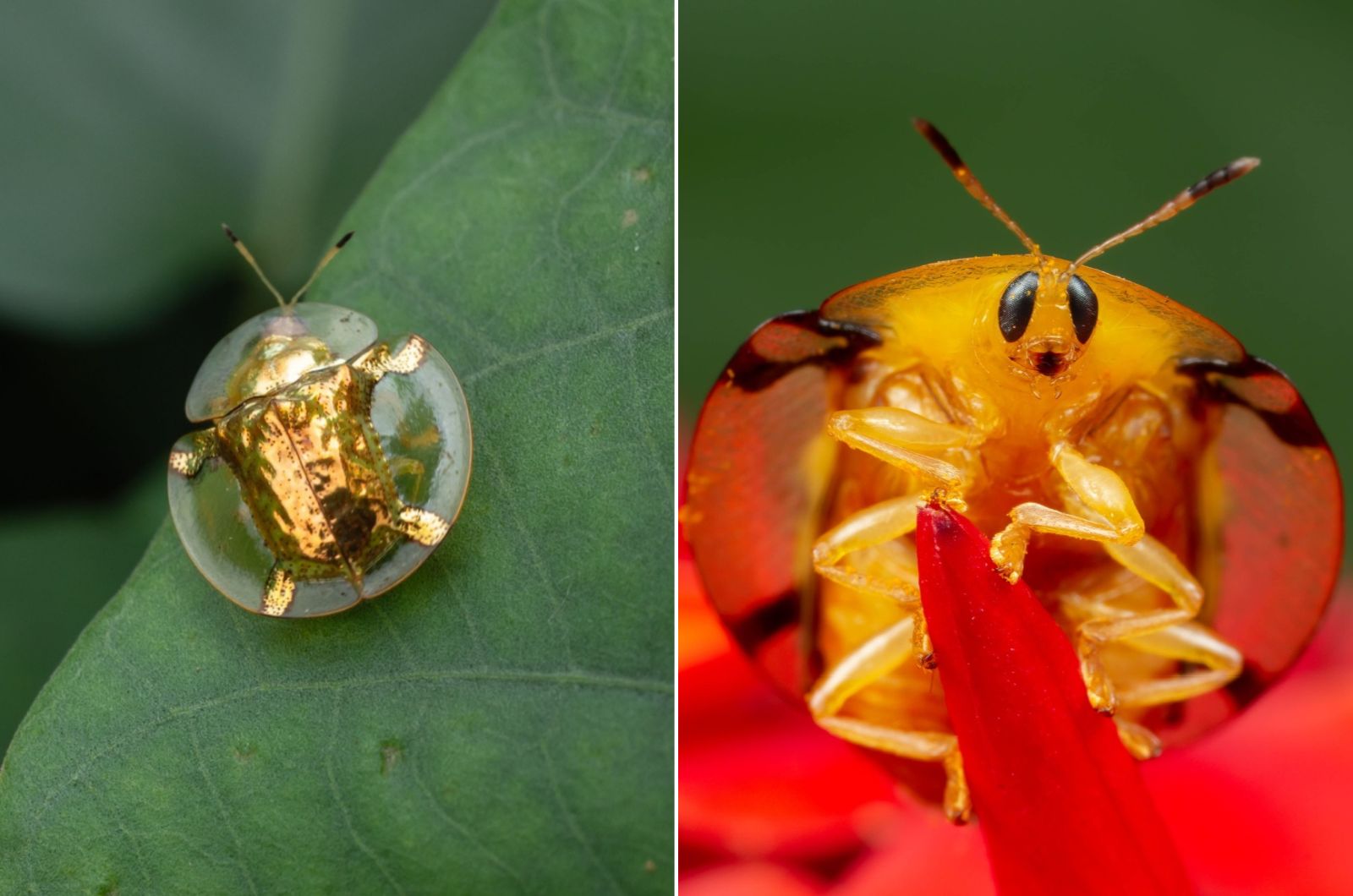
When happy and content the Golden Tortoise Beetle is best recognizable by its mesmerizing golden-like color. However, if something happens to scare this adorable creature it quickly changes its color from golden to orange with black spots.
How bright the orange will be depends on how hydrated the beetle is. The more water in the outer exoskeleton, the brighter the orange.
Once the Golden Tortoise Beetle feels safe again, she turns her color back into golden. Amazing, right?
12. Arctic Fox
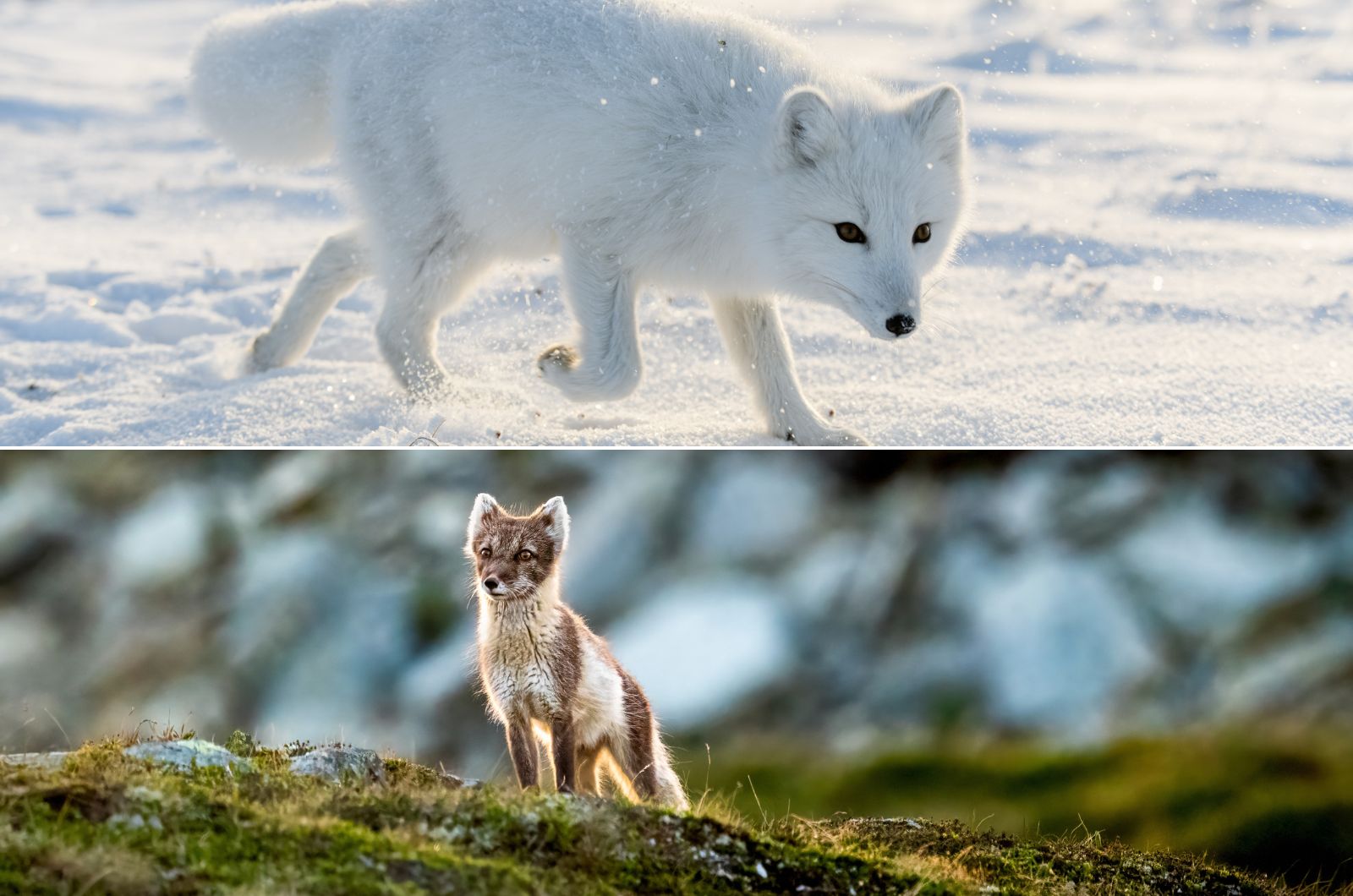
The Arctic Fox is best known for its fluffy white fur. But did you know that in summer Arctic foxes completely change their appearance?
Not wanting to be exposed once the snow melts away, these little creatures lose all their white thick fur, and change it for a brown less thick fluff.
13. Arctic Hare
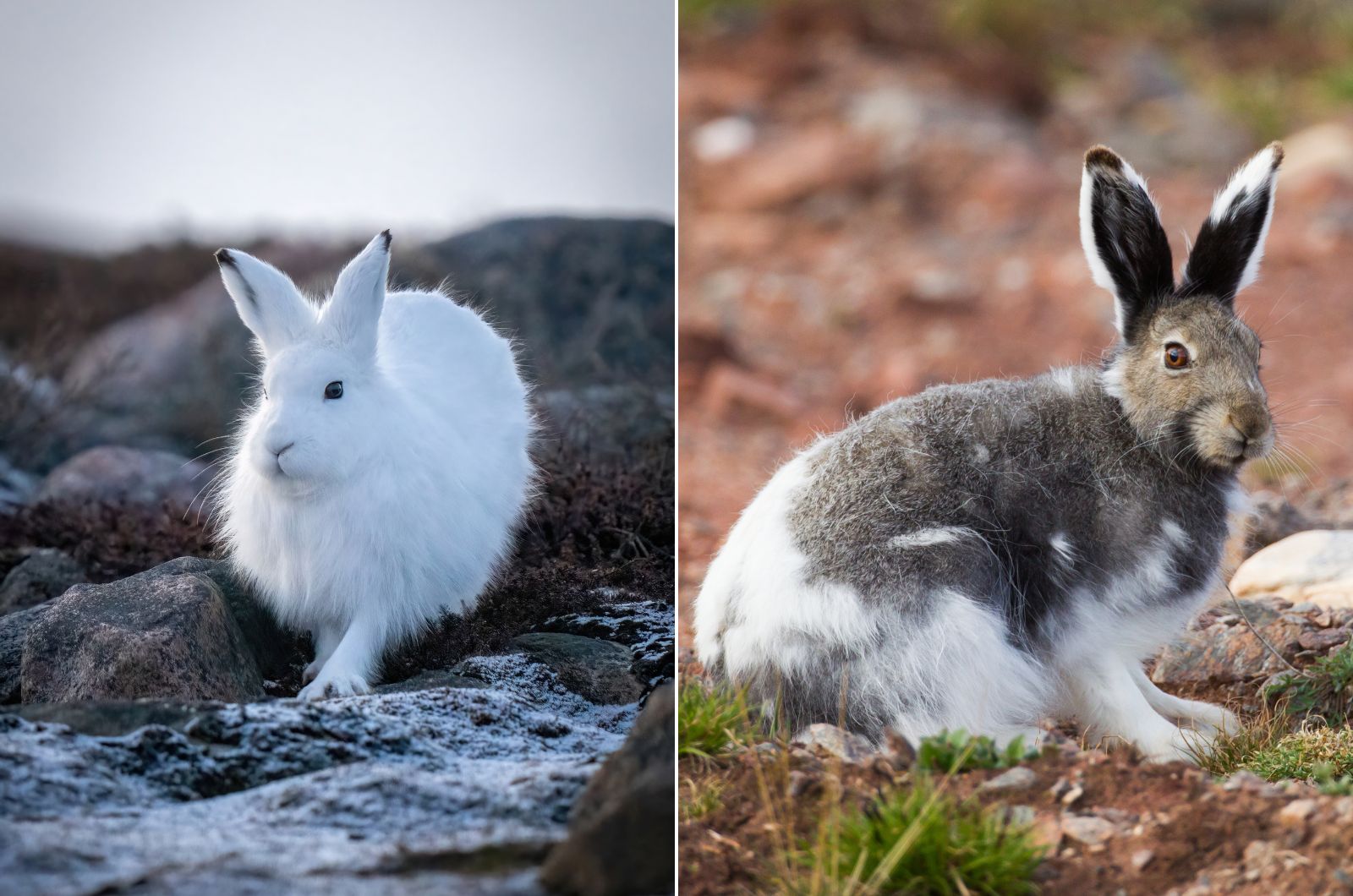
Just like the Arctic Fox, the Hare also changes its fur color. Partly because the white fur is way too thick for the short subarctic summer and partly because they don’t want to stand out in their surroundings.
This seasonal shift from white to brown helps the Arctic Hare stay cool and camouflaged as the snow melts away.
14. Mosquitofish
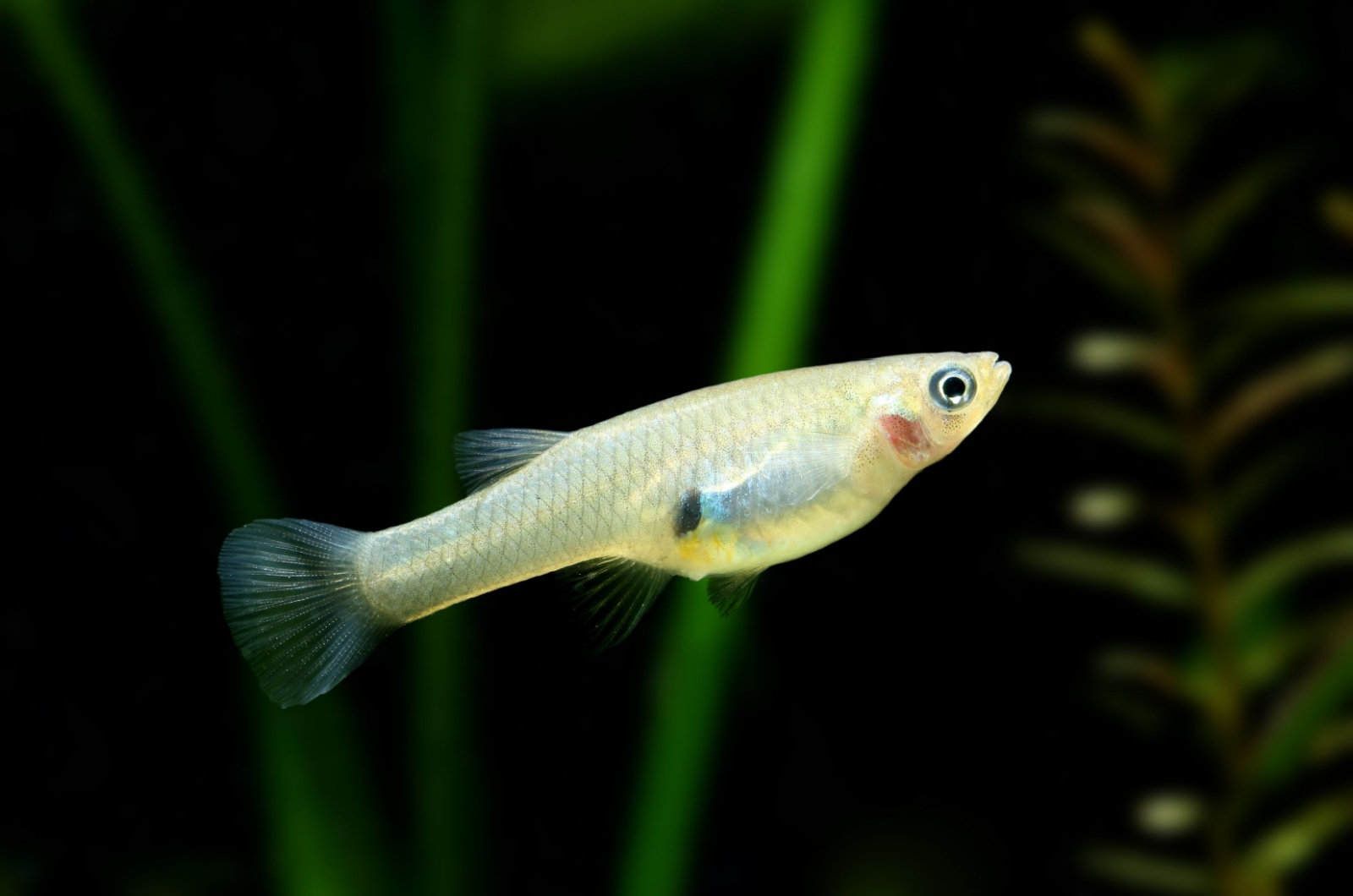
This little fish got its name because it eats Mosquito larvae! They’re not drastic when it comes to color change, but they do so to hide away from larger fish who prey on them.
If their surroundings are darker their scales also become darker. However, once they swim up closer to where sunshine can reach their scales immediately turn lighter in color.
15. Cuttlefish
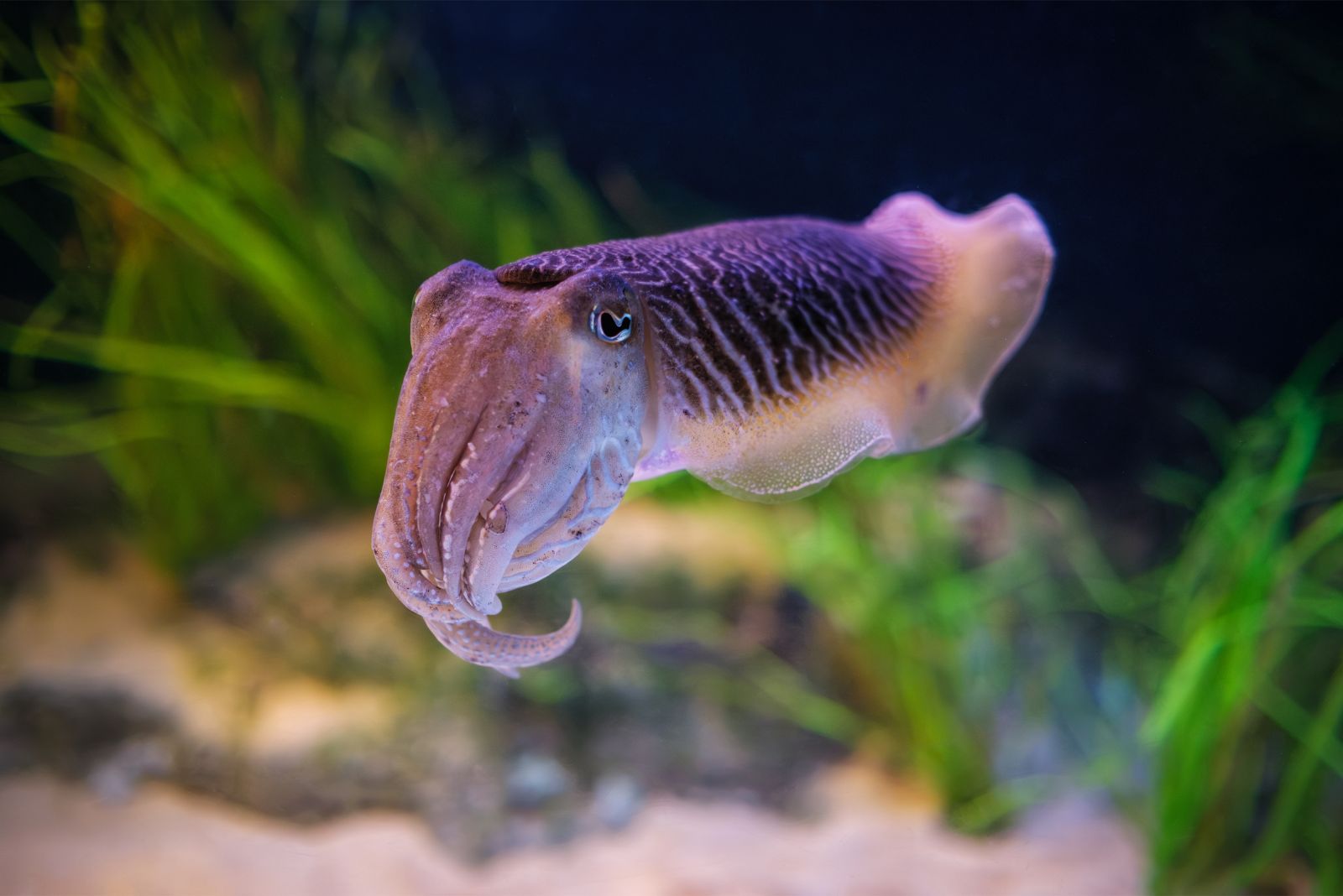
Cuttlefish, often called the “chameleons of the sea,” are masters of camouflage. Using specialized skin cells called chromatophores, iridophores, and leucophores, they can change their skin color and texture almost instantly.
This helps them blend into their environment to avoid predators or sneak up on prey. Beyond camouflage, cuttlefish also use color changes to communicate with each other, displaying patterns and flashes to signal intentions or emotions.
16. Panther Chameleon
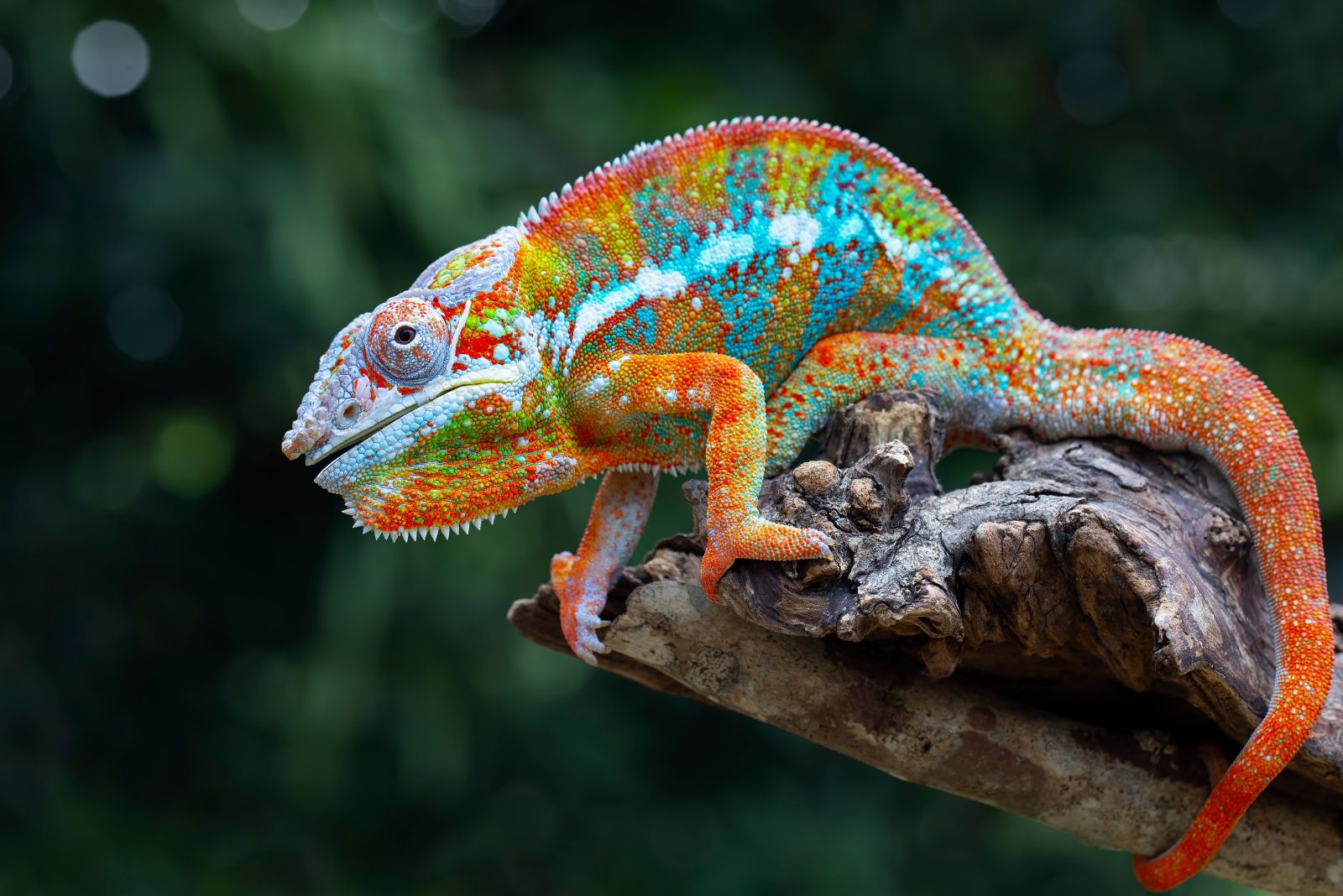
Distinct from other chameleon species, the Panther Chameleon is especially vibrant and skilled in color changes. Native to Madagascar, this chameleon uses its ability not just for camouflage but also for social signaling and mating rituals.
Males often shift between brilliant shades of red, green, and blue to impress females or intimidate rivals, showcasing their dominance in a stunning natural display.
17. Egyptian Vulture
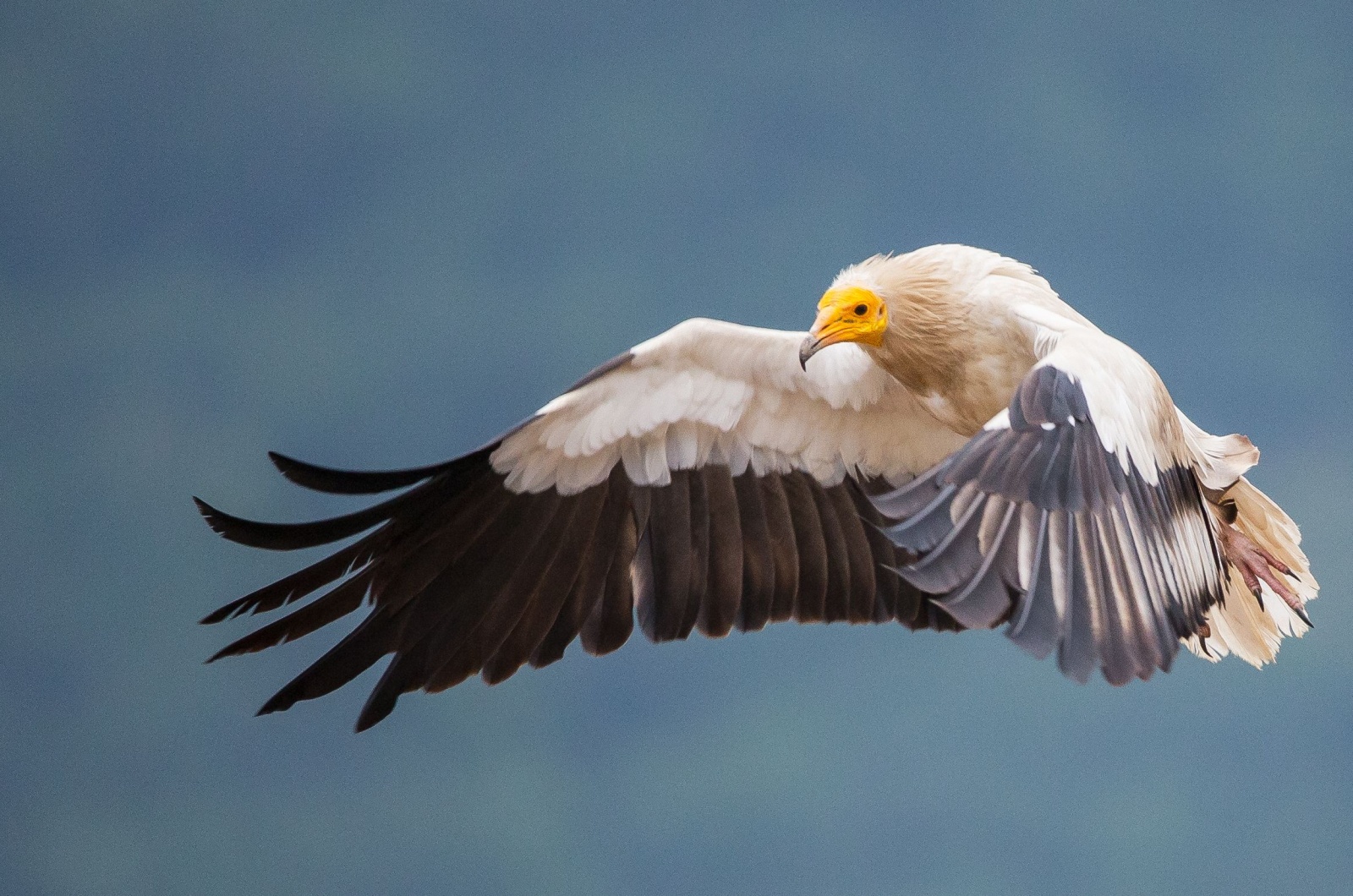
Credit: Shutterstock
The Egyptian vulture, a striking bird of prey, is known for its ability to change the color of its face depending on its mood or health.
This change occurs due to the bird’s bare skin, which lacks feathers and is rich in blood vessels. During courtship or moments of excitement, the skin on its face can intensify to a bright orange-yellow hue, signaling vitality and emotion.
This color adaptation plays a role in communication and may serve to attract mates or deter rivals. The Egyptian vulture’s unique ability to alter its appearance is just one of the many fascinating traits that make this scavenger an important and captivating species in its ecosystem.
18. Bignose Unicornfish
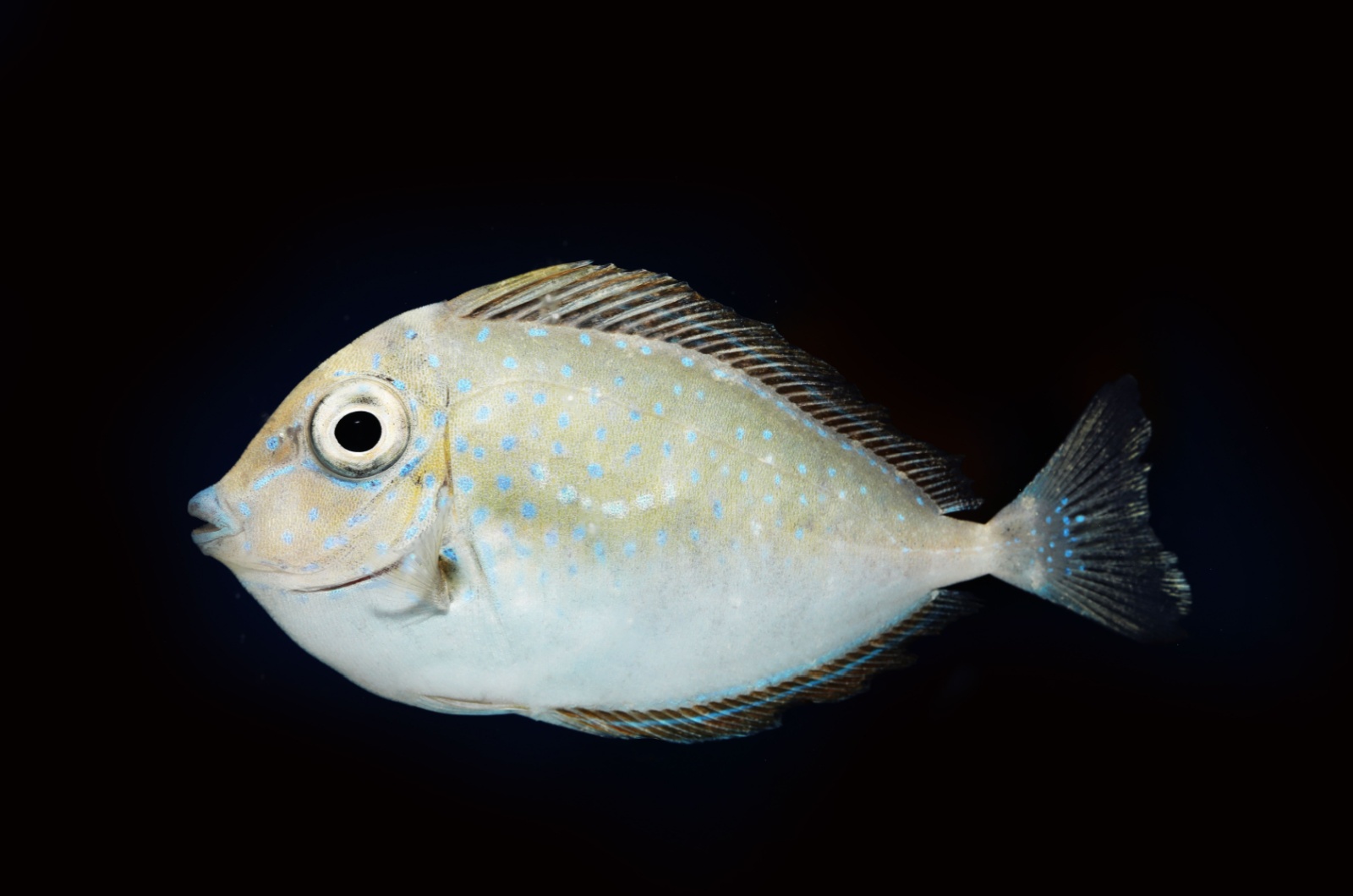
Credit: Shutterstock
The bignose unicornfish, a vibrant reef-dweller, is known for its remarkable ability to change colors. Found in tropical oceans, this fish can shift its coloration from bright, vivid patterns to darker, muted tones.
This color-changing ability helps it blend into coral reefs, avoiding predators or communicating with other fish. The changes are controlled by specialized skin cells called chromatophores, which expand or contract to reflect different hues.
These shifts can occur in seconds, making the bignose unicornfish a master of camouflage. This adaptation not only enhances its survival but also adds to the dynamic beauty of coral reef ecosystems.
19. Indian Flap-Shell Turtle
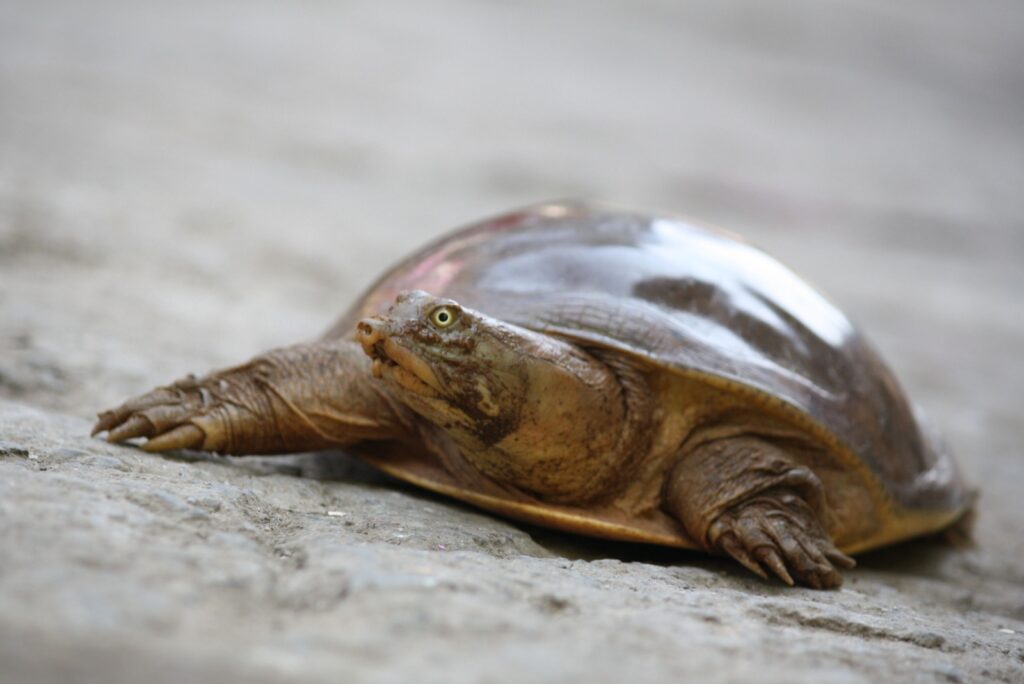
Credit: Shutterstock
The Indian flap-shell turtle might look ordinary at first glance, but it’s hiding a surprising ability – its shell can subtly change color based on its environment. This change helps it stay camouflaged in muddy waters, offering protection from predators.
While the color shift isn’t as dramatic as a chameleon’s, the effect is enough to keep it hidden from watchful eyes. These turtles are often found basking near riverbanks, blending beautifully into the shadows and silt. It’s a low-key but effective superpower that helps them survive in the wild.
20. Moorish Idol
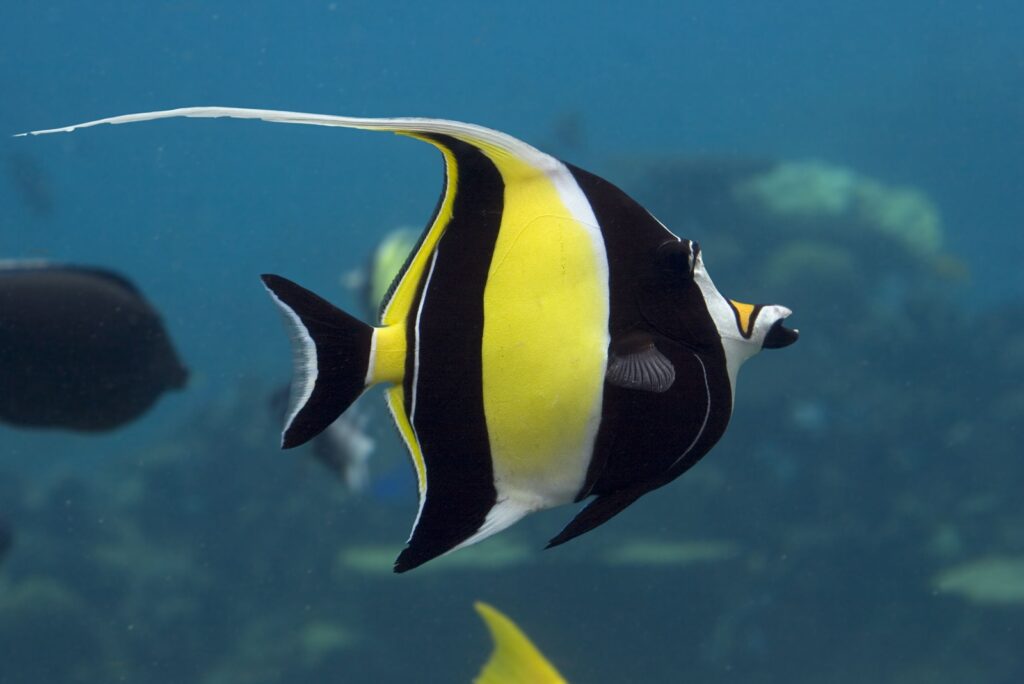
Credit: Shutterstock
The Moorish idol is one of the most eye-catching reef fish, but its flashy appearance comes with a twist – it can alter its brightness depending on light and mood. During nighttime or when stressed, its vivid yellow and black bands may dull slightly to make it less visible to predators.
This shift isn’t just for show – it helps the idol stay safe while resting among rocks and coral. Though not as extreme as other color-changing animals, its subtle adjustment demonstrates the fine-tuned defenses of reef life. Even in the underwater world, a little color control can go a long way.

